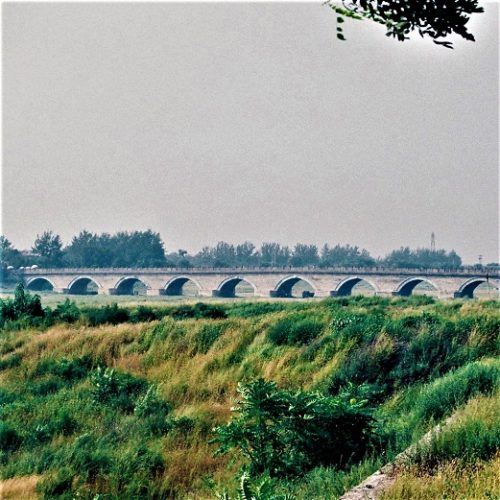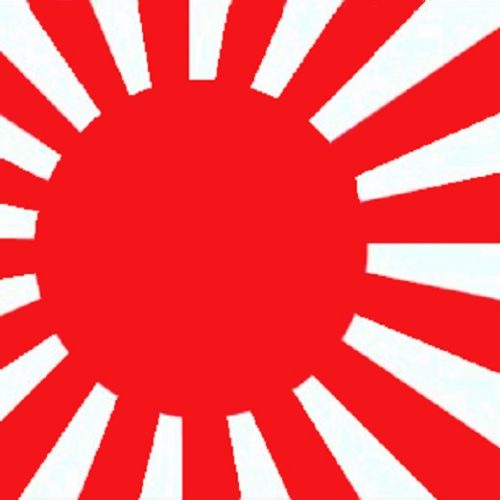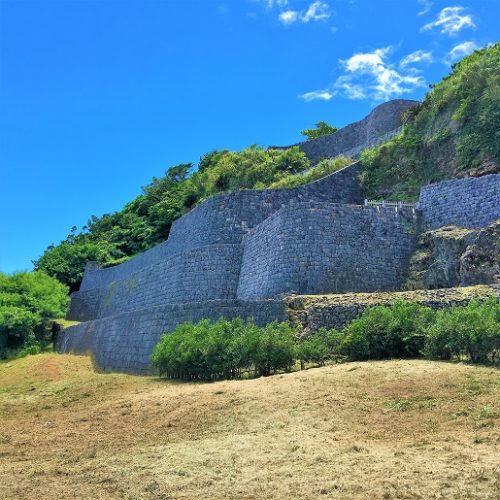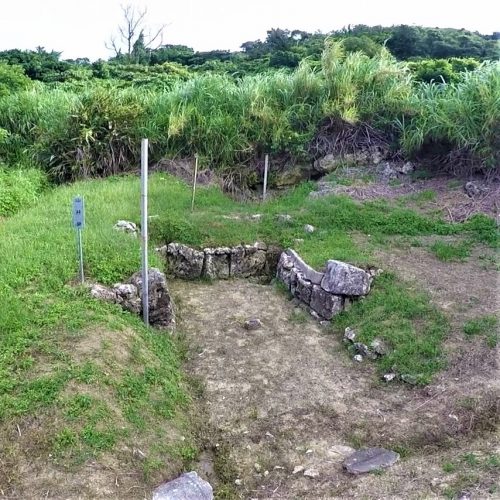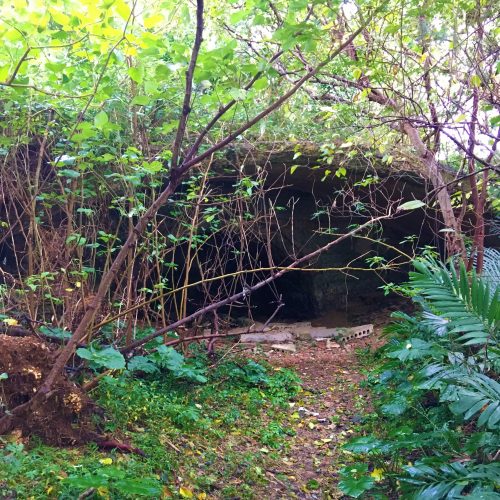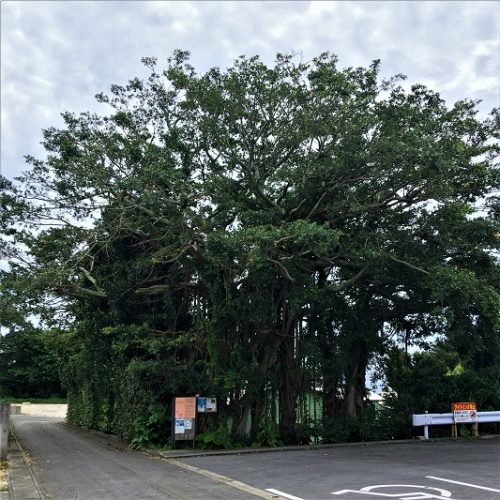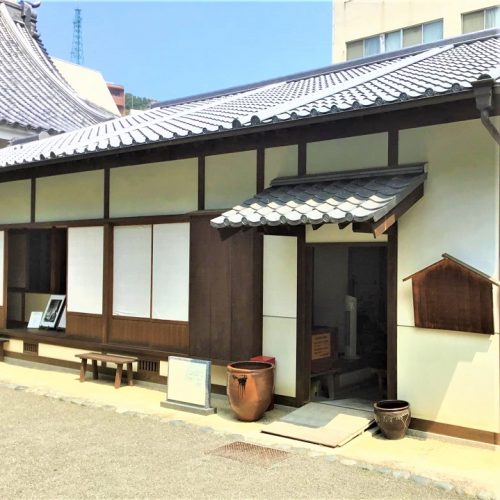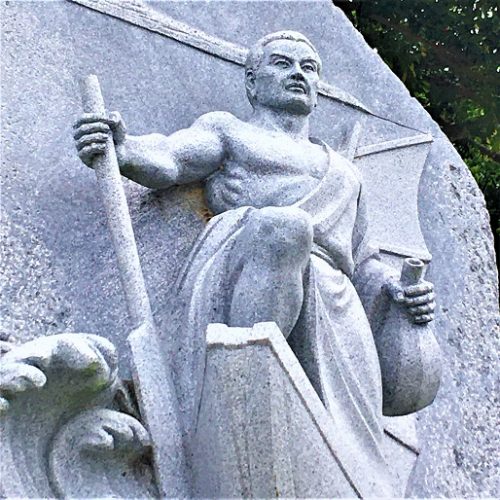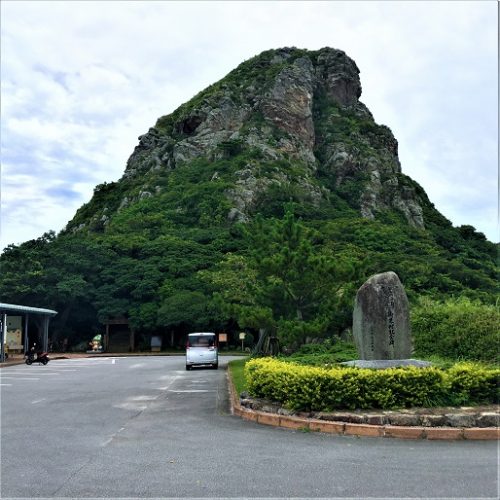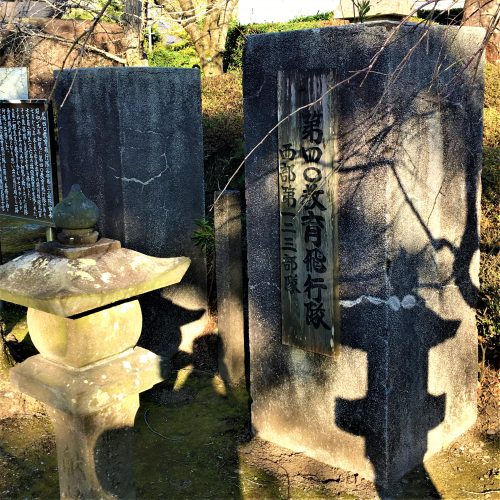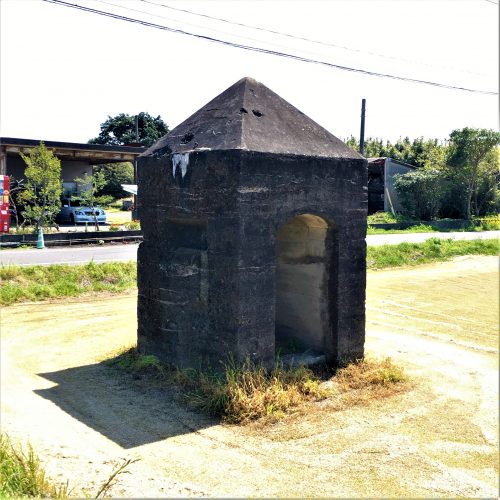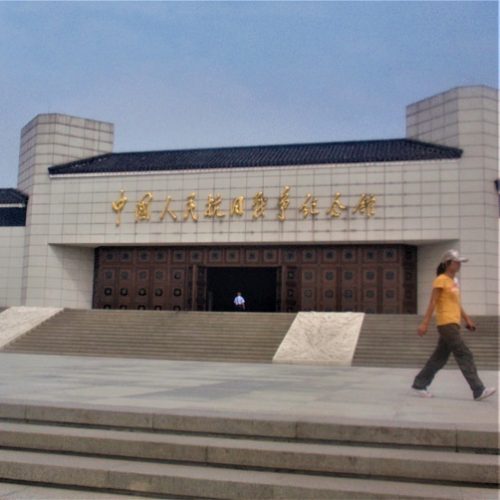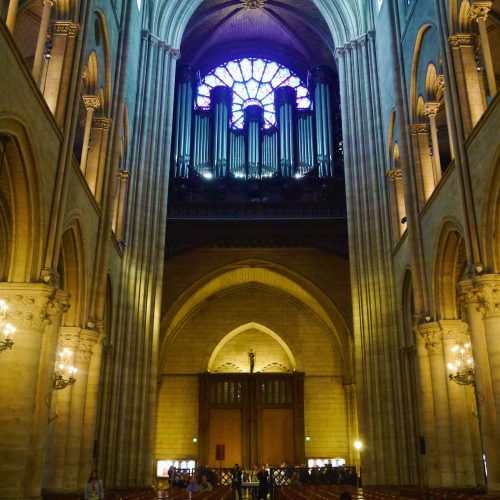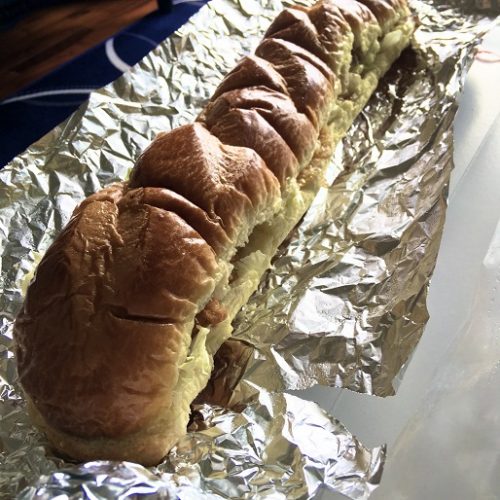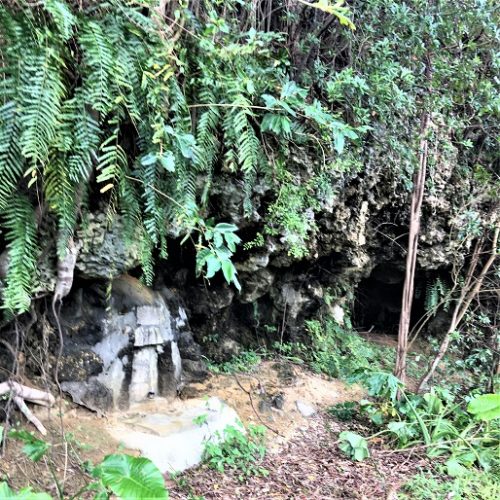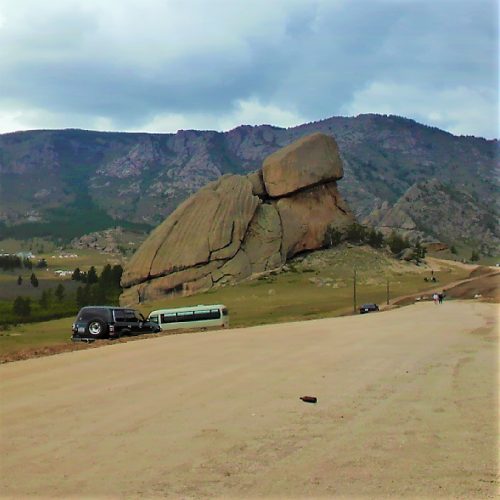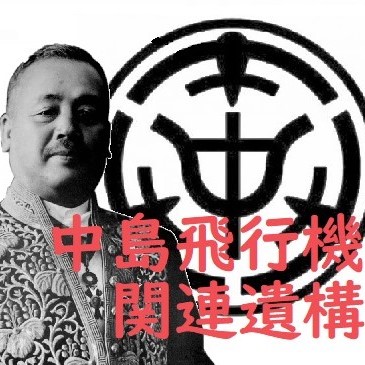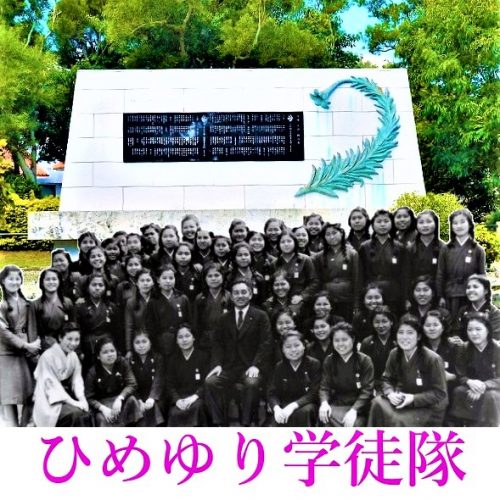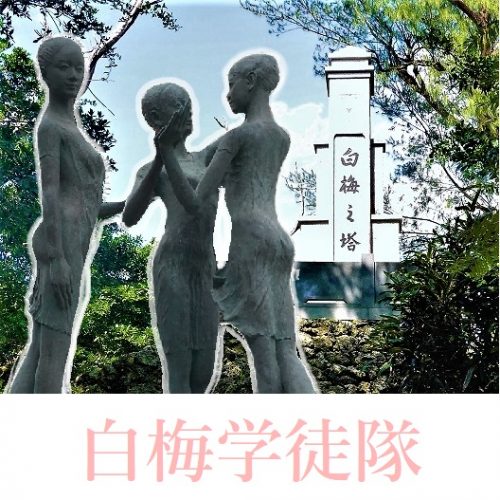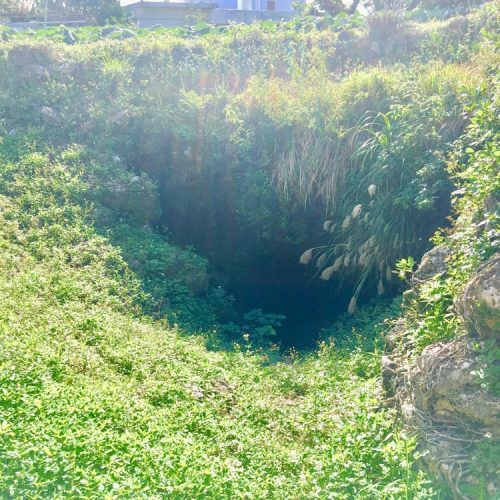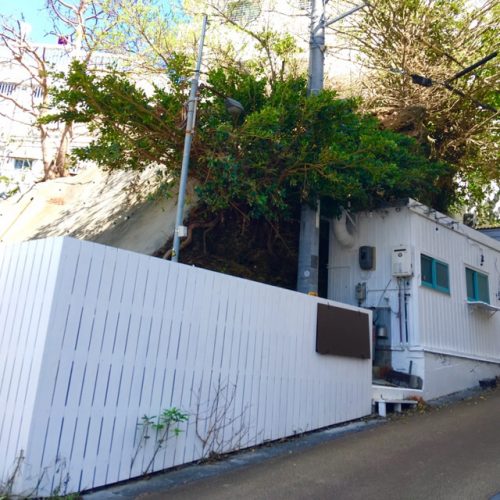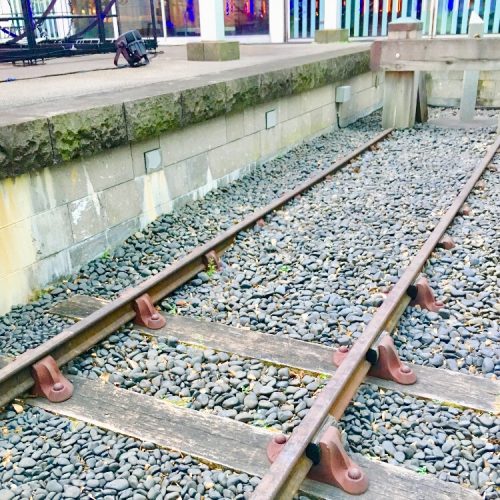


サラリーマンの街、新橋駅から歩いて約5分ほどの距離にあるのが「旧新橋停車場」です。
「旧新橋停車場」は1872年10月14日に開業した鉄道ターミナルの新橋停車場を再現したものです。
現在は東京駅が日本を代表するターミナル駅ですが、かつてはこの新橋停車場が日本初の鉄道ターミナルとして活躍していました。
1923年の関東大震災により駅舎は焼失し、1934年には汐留駅の工事のために現存していたプラットホームやその他諸施設は解体されてしまいました。その後、1991年から行われた調査によって礎石が発見されたことから、当時のプラットホームを再現することに至りました。
✅復元されたプラットホーム
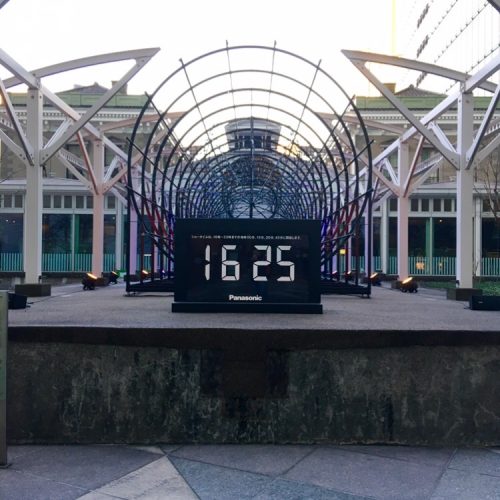
✅盛土式石積み
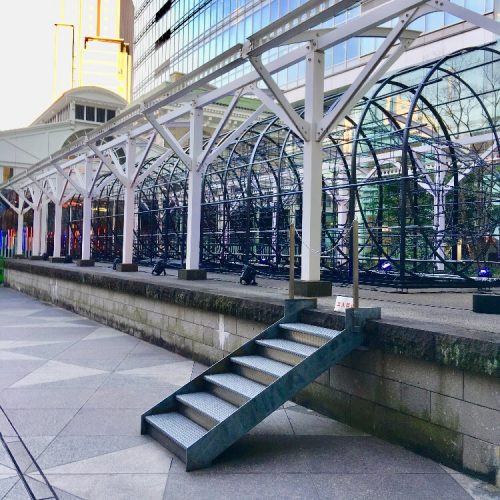
構造
プラットホームは「盛土式石積」という構造で作られています。両側面の真下には溝状に地面を掘って基礎石を敷き詰め、その上に切石を石垣のように積んで土留め壁が作られ、内側には土が詰められました。基礎石には龍野藩脇坂家・仙台藩伊達家両屋敷の礎石などが使われました。切石は笠石を含めて6段あり、地表には笠石を含めた上3段が出ていました。最下段部分は小口面を揃えて横に並ばせ、2段目から小口面と長手面を交互に並べて積んでいます。ただし、一律的に小口面と長手面が交互になっているわけではなく、2・3段目では小口面が続く個所もあり、4・5段目では長手面が並ぶ個所もあります。
規模
プラットホームの全長は151.5m、幅は9.1mありました。再現されたのはそのうち駅舎よりの25mです。遺跡指定の範囲に残されているプラットホームの遺構は35mです。
Structure
The platform was built with a compacted earth retaining wall structure.A trench was dug directly below both platform edges and filled with small river boulders.Courses of cut stone were laid on top of this foundation to build retaining walls and the space between the two parallel walls was filled with compacted earth.Stone from the foundatilns of the abandoned on-site residences of Lord(daimyo)Qakisaka of the Tatsuno fief and Lord Date of the Sendai fief was recycled for use in the platform foundations.The platform walls were six courses of stone high including the capstones but only the top three courses were visible above ground.The lowest course is composed entirely of header stones running at right angles to the row.Stretchers and headers are laid alternately from the second course.However,the regular alternation is sometimes inconsistent-there are sections of continuous headers in the second and third courses,and sections of continuous stretchers in the fourth and fifth courses.
Size
The length of the unearthed platform is 151.5 meters with a width of 9.1 meters.The first 25 meters of the platform behind the station building have been reproduced.Another 10 meters of the original platform remains buried within the designated historic site.
「旧新橋停車場」案内看板より引用
✅復元された「約3mの軌道」と「0哩標識」
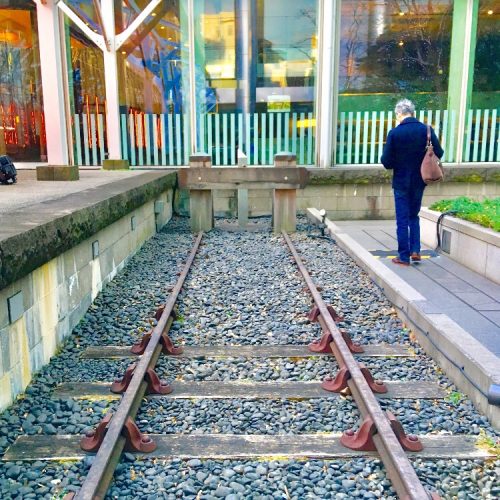
✅0哩標識
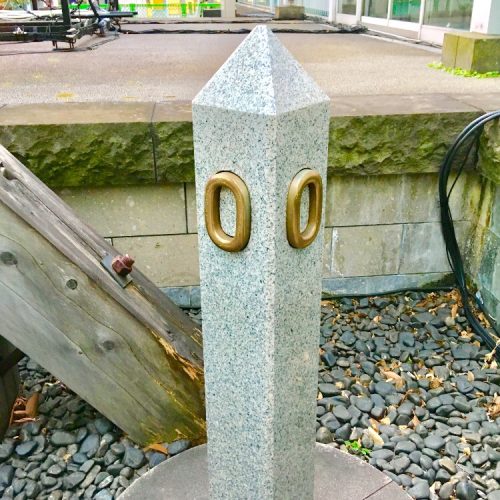
0哩標識(0マイル標識)
1870年4月25日(明治3年3月25日)、測量の起点となる第一杭がこの場所に打ち込まれました。1936(昭和11)年に日本の鉄道発祥の地として0哩標識と約3mの軌道を復元しました。1958年(昭和33)年10月14日、旧国鉄によって「0哩標識」は鉄道記念物に指定され、1965(昭和40)年5月12日、「旧新橋横浜間鉄道創設起点跡」として国の指定史跡に認定されました。
創業時の線路
創業当時、枕木やレールの台座(チェアー)は小石や砂の混じった土を被せられ、レールの頭だけが地表に出ていました。レール断面は上下対象のI型で、双頭レールといいます。この復元軌道の半分は小石を被せて当時に近い状態を再現し、残りは枕木や台座が見えるようにしました。双頭レールは錬鉄製で、1873年にイギリスのダーリントンで作られ、官設鉄道で使われたあと、新潟県柏崎市の製油所でつかわれたもので、新日本石油株式会社、新日本石油加工株式会社の両社からご寄贈いただきました。
Mile Marker Zero
This spot is where the first stake was driven at the surbey starting point on 25 april 1870.In 1936,the government railways reproduced Mile Marker Zero with a short section of the original track as the birth place of japanese railways.The former japanese National Railways(JNR)designsted Mile Marker Zero as a Railway Memorial on 14 October 1958.On 12 May 1965,the government former Shimbashi-Yokohama Railway
Original Railway Track
The original track was formed of symmetrical double-headed I-section wrought-iron rails secured to wooden sleepers by chairs and buried in a mixed ballast of sand.gravel,and earth.Unlike modern tracks,only the head of the rail appeared above ground level.The rails in this restoration were manufactured in Darlington in Great Britain in 1873.After use by the early government railways,they spent long years in before being generously donated to this exhibition by Nippon Oil Corporation and Nippon Petroleum Processing Co,Ltd
「旧新橋停車場」案内看板より引用
✅「正面階段」遺構



現代なら500円で行けますが!













